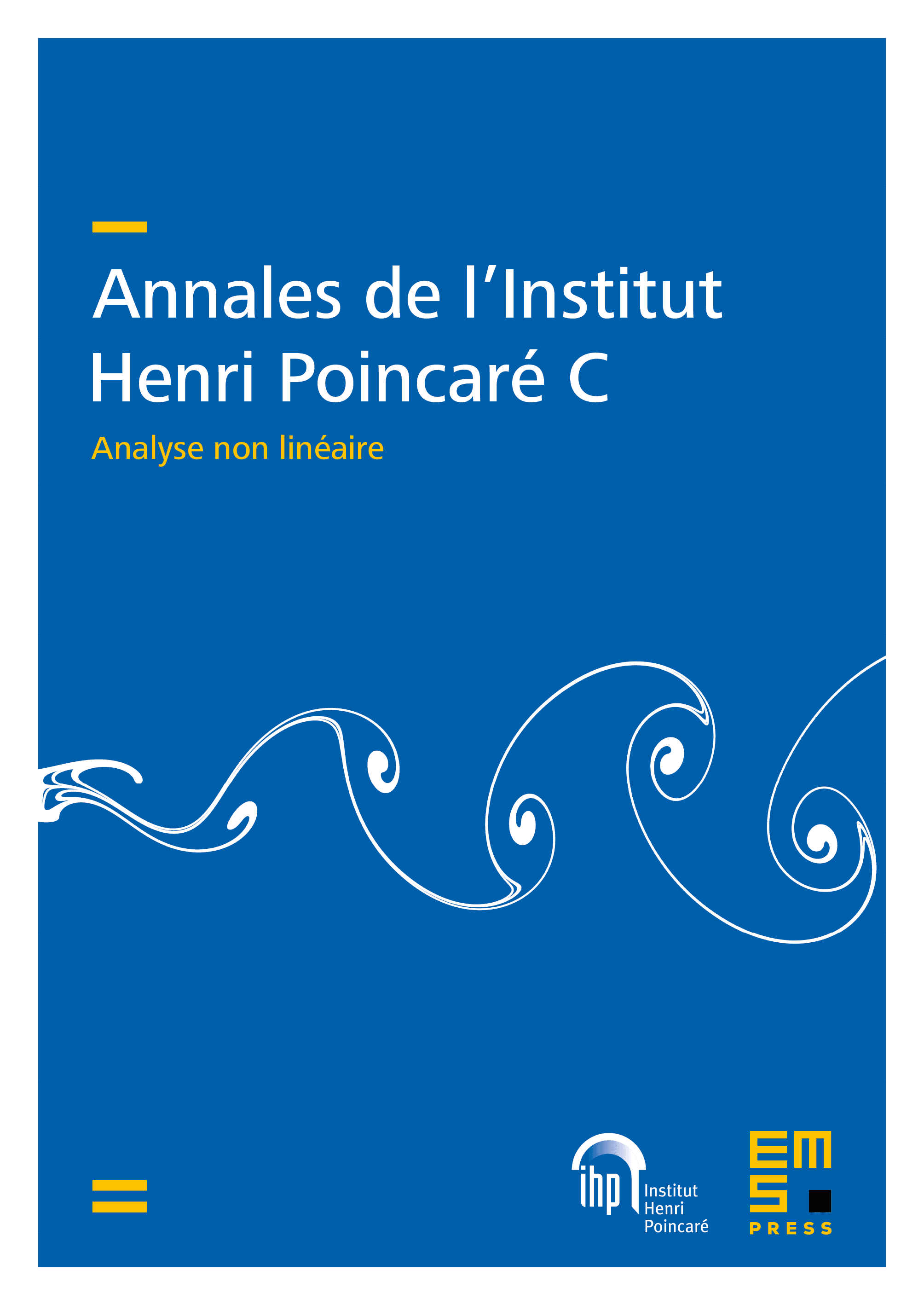On a degenerate elliptic problem arising in the least action principle for Rayleigh–Taylor subsolutions
Björn Gebhard
Universidad Autónoma de Madrid, Madrid, Spain; ICMAT, Madrid, SpainJonas Hirsch
Universität Leipzig, Leipzig, GermanyJózsef J. Kolumbán
Budapest University of Technology and Economics, Budapest, Hungary; HUN-REN Alfréd Rényi Institute of Mathematics, Budapest, Hungary

Abstract
We address a degenerate elliptic variational problem arising in the application of the least action principle to averaged solutions of the inhomogeneous Euler equations in the Boussinesq approximation emanating from the horizontally flat Rayleigh–Taylor configuration. We give a detailed derivation of the functional starting from the differential inclusion associated with the Euler equations, i.e. the notion of an averaged solution is that of a subsolution in the context of convex integration, and illustrate how it is linked to the generalized least action principle introduced by Brenier [J. Amer. Math. Soc. 2 (1989), 225–255; in: New trends and results in mathematical description of fluid flows (2018), 53–75]. Concerning the investigation of the functional itself, we use a regular approximation in order to show the existence of a minimizer enjoying partial regularity, as well as other properties important for the construction of actual Euler solutions induced by the minimizer. Furthermore, we discuss to what extent such an application of the least action principle to subsolutions can serve as a selection criterion.
Cite this article
Björn Gebhard, Jonas Hirsch, József J. Kolumbán, On a degenerate elliptic problem arising in the least action principle for Rayleigh–Taylor subsolutions. Ann. Inst. H. Poincaré Anal. Non Linéaire 41 (2024), no. 6, pp. 1527–1594
DOI 10.4171/AIHPC/129